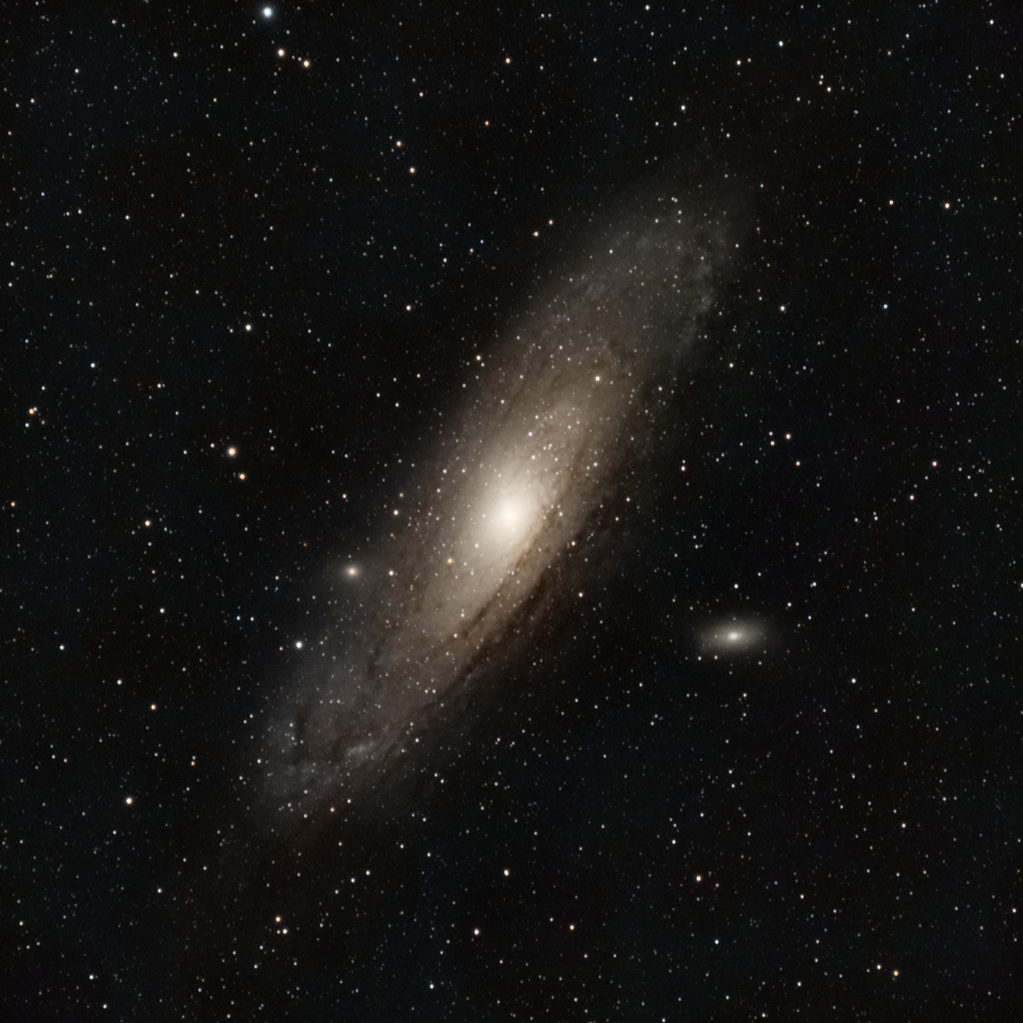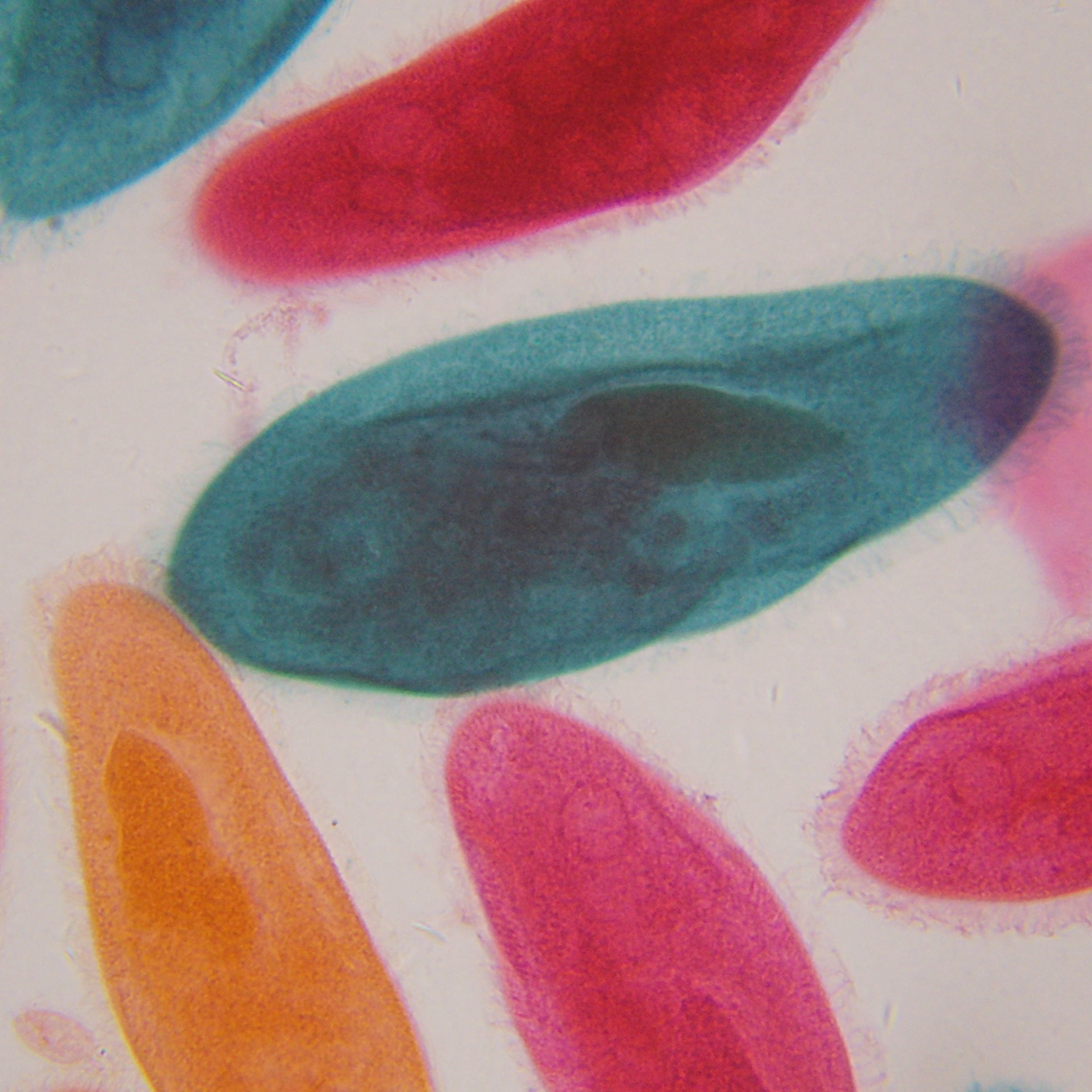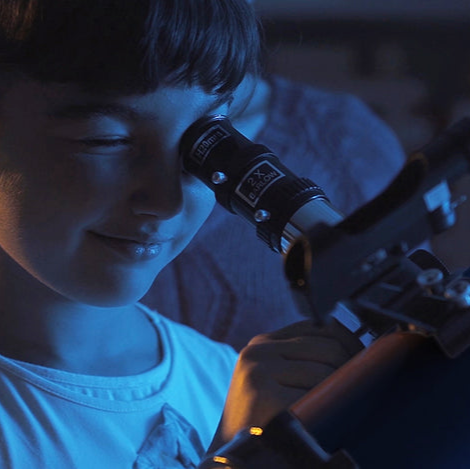Ultimate Guide to Cleaning and Caring for Telescope Eyepieces and Optics
When it comes to cleaning telescope optics—especially eyepieces and lenses—the golden rule is to clean them only when absolutely necessary. This cautious approach is recommended because optical cleaning cloths or tissues can trap tiny abrasive particles like sand or dust. If these particles are dragged across the glass during cleaning, they can scratch the lens surface, permanently reducing image clarity.
Maintaining clean optics is essential for achieving high-contrast, sharp views, but improper cleaning can cause more harm than good. Most standard eyepieces are not waterproof, so if you use too much liquid or apply it improperly, cleaning solutions can seep into internal lens elements, where they are difficult—if not impossible—to remove. This can lead to internal fogging or permanent damage.
Don’t Worry About Every Speck
It’s important to note that a few tiny dust particles or specks on or between lens elements are usually harmless and will not degrade image quality in high-quality optical systems. What does affect optical performance, however, are smudges, fingerprints, oily residues, makeup, layers of pollen, or a general film of dust covering the lens. These broader contaminants scatter light and reduce contrast and brightness, particularly when viewing faint deep-sky objects or planets.
Best Practices for Optical Cleaning
For the best results, use cleaning tools and solutions specifically designed for optical glass, and always follow manufacturer guidelines. Blowing off loose dust with a bulb blower before wiping, using pre-moistened lens wipes sparingly, and avoiding harsh pressure are all part of safe eyepiece maintenance practices.
By following these expert tips, amateur astronomers can protect their investment and ensure their telescope delivers crisp, detailed views of the night sky for a lifetime. For example, most conventional eyepieces are not waterproof, which means cleaning solutions can easily run off the edges and collect in between the optics where it is impossible to remove.
Explore Scientific’s Waterproof Eyepieces eliminate the concern over trapped solutions because they are sealed and gas purged to keep out liquids. This makes them the easiest eyepieces to clean.
General Eyepiece Cleaning Advice | Waterproof Eyepieces | Lens Care | Storage Tips
Proper care and cleaning of your telescope eyepieces and optical components are essential to maintain high contrast, sharp detail, and reliable performance. This comprehensive guide offers safe cleaning techniques, storage best practices, and brand-specific support recommendations to help you protect your optics investment for a lifetime of clear views.
Recommended Cleaning Solutions
Spray Bottle #1 – Pure Distilled Water:
Ideal for rinsing and safe final cleaning.
Spray Bottle #2 – 95%+ Isopropyl Alcohol:
Effectively breaks down oils and smudges without leaving residue.
Spray Bottle #3 – Custom Lens Cleaner:
-
1/3 isopropyl alcohol
-
2/3 distilled water
-
3 drops of clear, unscented dish soap (e.g., Dawn)
A balanced solution for stubborn build-up, safe for optical coatings.
Essential Optical Cleaning Tools
-
Cold running tap water (for waterproof optics only)
-
Photographic-grade camel hair brush
-
Compressed air (oil- and moisture-free)
-
Non-lotioned, unscented tissues (e.g., Kleenex Softique)
-
Tissue wands (rolled and snapped tissues for precision swabbing)
Light Dust on Eyepiece Optics
Tiny dust particles on or between lens elements usually do not degrade image quality and often don’t require cleaning. If desired:
-
Remove rubber eyecups and caps.
-
Blow off dust with compressed air.
-
Gently brush remaining debris with a camel hair brush.
-
Lightly mist with distilled water and blow dry.
Cleaning Moderately Dirty Eyepieces (Dust, Pollen)
-
Rinse optics under cold tap water (only for waterproof eyepieces).
-
Mist with distilled water.
-
Blow dry using clean, compressed air.
Cleaning Very Dirty Optics (Fingerprints, Smudges)
-
Remove dry particles with air or a brush.
-
For waterproof eyepieces, rinse under tap water; for conventional eyepieces, skip this step.
-
Apply isopropyl alcohol and gently swab with a tissue wand.
-
Rinse or swab with distilled water and blow dry.
Removing Severe Buildup (Resins, Makeup, Food, etc.)
-
Remove debris using compressed air and a camel hair brush.
-
For waterproof eyepieces, rinse under tap water.
-
Apply the custom lens solution, gently swab.
-
Follow with isopropyl alcohol and another clean wand.
-
Finish with distilled water and dry completely.
Optimal Storage of Telescope Optics
Even clean optics can degrade if stored improperly. Follow these optical storage best practices:
-
Store in a dry, temperature-stable location—avoid humid basements or hot attics.
-
Avoid foam-lined or sealed cases that trap moisture, as they can cause fungus growth on lens coatings.
-
Use silica gel packs or desiccant canisters in storage containers and replace them regularly.
-
Do not store optics near chemicals or perfumes that may outgas and damage coatings.
-
Allow optics to fully dry before storage—especially after use in damp or dewy conditions.
-
Wrap eyepieces in soft, lint-free cloths and store upright in ventilated, padded cases.
-
Inspect periodically for early signs of mold, haze, or chemical residue.
Questions or Concerns?
If you have any concerns about cleaning or caring for your telescope optics, we recommend contacting the product manufacturer. For Explore Scientific-branded optics, our Customer Service team is here to help.
Explore Scientific Customer Service:
(866) 252-3811
(Monday–Friday, 8 AM–5 PM Central Time)
Brand-Specific Advice
This cleaning guide can be applied to most telescope eyepiece brands. However, always consult your manufacturer or supplier for specific care instructions related to their coatings, waterproofing, or internal assembly. Some optics may not be sealed and are more vulnerable to moisture or cleaning fluids.
Explore Alliance Product Support & Lifetime Protection
If you own Explore Scientific optics, you’re eligible for exclusive support and protection:
-
Register your product warranty within 60 days of purchase.
-
Contact Customer Service and request your free membership in the Explore Alliance
-
Automatically qualify for the Forever No-Fault, Transferrable Explore Alliance Protection Benefit—offering lifetime coverage against accidental damage.
This membership ensures your Explore Scientific brand investment is protected and you gain access to community resources, educational content, and exclusive member benefits.
Final Thoughts
Clean, properly stored optics are key to getting the most from your telescope. While a few dust specks are harmless, layers of oils, smudges, or environmental pollutants can scatter light and reduce image clarity. Combine smart cleaning practices, proper storage, and responsive customer support, and you’ll enjoy stunning views of the cosmos for years to come.











